Hello everybody!
Today, I would like to come back to different of your questions that emerged in reaction to my article ‘Scratch one A-50’, published ten days ago. Before I go on, please mind that the mass of following ‘technical’ descriptions are oversimplified: not only with intention of thus making the information in question useful for ‘everybody’ - including people not really interested in ‘technical’ affairs, or how weapons work, but ‘rather in general’ - but, also because I’m not that good in explaining topics of this kind.
1.) Did Ukrainians deploy MIM-104 Patriot surface-to-air (SAM) system to shot down the Russian A-50 SRDLO-aircraft (i.e. AEW-aircraft)? ….and, ‘but, the Russians can’t stop claiming it was their own SAMs that shoot at their own aircraft.’
That’s (still) unclear, but I consider it for ‘likely’. Indeed, I…’think’ the situation is very similar to the one when Ukrainians deployed their MIM-104s to ambush a pair of Russian fighter-bombers and two electronic-warfare helicopters, back in May 2023. Based on what I know about the Ukrainian Air Force (and Air Defence Force, abbreviated with PSU), and its equipment, I’ve… ‘theorised’ about this in my article ‘Assault Mode, Part 6’.
As is well-known meanwhile, few weeks later, the following photo appeared, confirming my… ‘theories’:
Mind that – depending on the version (and there are multiple versions) the MIM-104 has a maximum range of 160km, as nicely explained here (even if the title and most of explanations are in Ukrainian, the gist of the message about ‘160km range’ should be obvious):
This diagram below is showing just the three variants most likely to have been delivered to Ukraine (indeed: some have meanwhile been identified and thus confirmed as delivered, on basis of photographs showing their wreckage). Please mind: each of the versions has a different purpose, and thus different range and flight characteristics:
The Russian A-50 was shoot-down some 90-100km away from nearest Ukrainian positions. Thus, it was within range of the MIM-104 system – provided PSU did deploy at least one MIM-104 launcher, at least one fire control unit, and the necessary power supply closely enough.
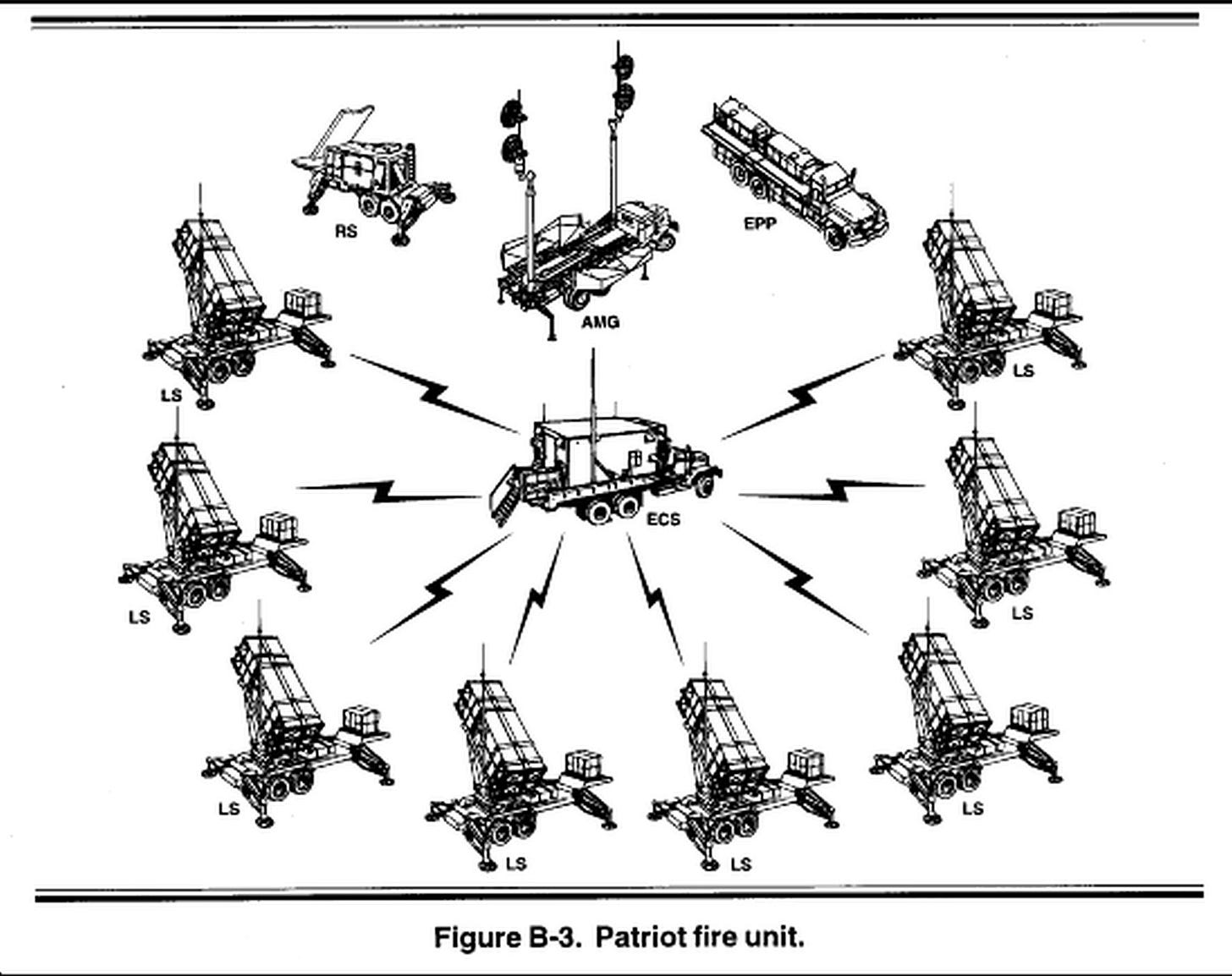
That said, and right now, I’m still not 100% sure it was an Ukrainian PAC-2 or PAC-3 that killed the Russian A-50. Thus, it is perfectly possible Ukrainians actually deployed one of their S-300s for this purpose. These are still around, operational, and frequently involved in defending Ukraine from Russian attacks:
Point is this: OK, the MIM-104 is in service since the early 1980s. Theoretically, Russian military intelligence (GRU) thus had ‘ages’ to espionage all the possible details about it (especially so considering that for much of the last 30 years the Russians were considered ‘friends’ by the mass of European NATO-partners, especially Germans….or how lax are some of US military officers and civilian officials - including one former President of the USA - treating different of their top secrets).
However, from what is going on in Ukraine of the last year – since MIM-104s were deployed in combat by the PSU – it is obvious that the Russians either do not understand the system and its performances, or do not know everything about it, or that some of its latest variants remain a secret for them.
Why is that obvious?
Because time and again, and as ‘illustrated’ above and earlier, the MIM-104 is taking them by surprise and then causing them heavy losses.
It is also possible that the USA (and Germany, and other donors of the MIM-104-systems to Ukraine), have introduced different modifications. Mind that already the first time the MIM-104 was deployed in combat – back during the Second Persian Gulf War (USA and allies vs. Iraq), in 1991 – the core essence of its capability to engage ballistic missiles was a ‘software update’. The system and its missiles had the theoretical capability to engage incoming ballistic missiles, but necessitated the software explaining them how to do that.
Nowadays, when the MIM-104 system is equipped with much more advanced hardware, applying software updates is much easier, too. And mind that a mass of such modifications is likely to remain entirely unknown to the GRU. At least for the time being…
For comparison: the S-300 is based on older technology and completely known to the Russians. After all, it’s their own product. Even if modified in Ukraine: just mind how many Ukrainians have turned out to be working for the GRU or the FSB so far. I.e. Ukraine is at least as ‘leaky’ in this regards as all of NATO (including the USA). This means that the secrets of Ukrainian S-300s are anything else than ‘secure’: they are a lot less likely to take the Russians by surprise than the MIM-104.
That, in turn, is one of reasons why do I assess Ukrainian MIM-104s can, or is more likely to, time and again, take the Russians by surprise, and why do I assess that this was an ambush by a MIM-104 deployed in that assault mode.
2.) Does Patriot SAM need to continuously illuminate the target (with its radar) until its missile either hits or misses the target? With other words: does the MIM-104 need to continuously keep its radar powered up?
This is a very important question!
The answer is: depends on whether it was a PAC-2 or PAC-3, and then it depends on the missile variant.
The centrepiece of the MIM-104 SAM-system is the AN/MPQ-65 fire-control radar. In the PAC-2, this serves the purpose of continuously tracking the target and thus – through echoes of its radar emissions from the target – guiding its missiles towards them. In military jargon, this method of guidance is called ‘semi-active radar homing’: the missile has no own radar, but a seeker head capable of tracking radar echo of the target.
However, the latest MIM-104 PAC-3 missiles (like MIM-104D and MIM-104E) have their own radar systems installed internally. Means: the missile is fired on basis of data collected by the AN/MPQ-65, flies close to the target, and then activates its own radar system to find the target; then it tracks, and hits (or misses) it. This is called ‘active radar homing’.
How to recognise PAC-2 from PAC-3?
PAC-2 missile-variants are bigger than PAC-3. ‘Only’ four can be placed on a single launcher, like here:
PAC-3 missiles are smaller: up to 16 can be placed on the same launcher.
….and, to make matters more complex: one can combine PAC-2 and PAC-3 missiles on the same launcher (and, of course: different sub-variants of PAC-2 or -3 missiles), depending on the type of action the operators expecting.
Now, why is this question about the semi-active radar homing or active radar homing of PAC-2 or PAC-3 missiles as important?
Because, in the case of the PAC-2 and its missiles with semi-active radar homing, the firing unit has to keep the AN/MPQ-65 fire-control radar, essentially, powered up all the time during the flight of the missile. If the fire-control radar is not powered up and ‘illuminating’ the target, the missile’s seeker head is not going to have any kind of radar echoes to home upon.
Means: the radar is emitting all the time during the engagement. …which in turn means that it is emitting lots of emissions, is near-certain to be detected by the Russians – though the means of electronic support measures (ESMs) – and then so much so that the Russians are likely to act against it (for example with help of their hypersonic Kh-31P anti-radar missiles, the seeker head of which is made to home in on radar emissions).
In the case of the PAC-3, the missile has its own radar system. Means: the AN/MPQ-65 fire-control radar needs to be powered up ‘just for seconds’ (depending on engagement range, about 15-30 seconds): long enough to emit signals that are going to reach the target, return to the antenna, and be processed by its systems so that the fire-control unit ‘knows’ the azimuth to the target and its approximate altitude. The AN/MPQ-65 fire-control radar is then switched off. Preferably before the Russians even know it’s around. Still, the PAC-3 can fire its missile/s: it or they are made to approach the target and then turn on its/their own radar, autonomously. In such case, the AN/MPQ-65 is not emitting as long nor as much emissions, and is thus harder to detect for the Russian ESM.
….which would also explain the Russian confusion about what got their Su-30/34s and helicopters back in May 2023, or this A-50, now.
Ah… and mind: it’s similar in regards of the Russian S-300 and S-400 SAM-systems. I.e. they also have different variants and sub-variants of missiles, each with its own range and other flight performances, and with different seeker heads.
3.) What is the Home-on-Jam (HOJ) mode?
In a high-intensity war like the one in Ukraine, both sides are heavily and almost permanently deploying electronic countermeasures (ECM). In military jargon, this is known as ‘jamming’. The essence of jamming is the disruption of the work of enemy radars, communications, command links and similar operations.
For this purpose, the mass of ECM systems depends on powerful emitters - and, as should be obvious by now: what is emitting can be countered, too.
Indeed, some of missiles for the PAC-2 and PAC-3 SAM-systems have seeker heads designed to find and destroy ECM emitters. In military jargon, this is called the ‘home-on-jam’: like an anti-radar missile has a seeker head set to find and track down emissions from enemy radars, thus homing the missile onto enemy radar antennas, so the home-on-jam missiles have seeker heads made to find and track sources of enemy ECM, and to home on them.
4.) Has anybody ever deployed any missiles in HOJ mode before?
Not that I know. Theoretically, it is possible that the Saudis deployed some of their PAC-2/3 systems against Houthi ECM-systems, in the eight years of the latest Yemen War, but I never heard of any such reports. Thus, if any of PAC-2s or PAC-3s were deployed by the PSU to kill this Russian A-50 and damage escorting Il-22M, on 13 January 2024, in the HOJ mode - it is at least likely that this was the first combat deployment of any kind of guided missile in the HOJ mode ever.
Think, this is about that – in this regards. If I’ve missed something, don’t hesitate to ask in the ‘comments’ section, below.
***
Of course, I’m still preparing similar Q&As regarding the ‘It’s the Range Stupid’, ‘Yemen’ and few other of my features, too. Thus, please, ‘stay tuned’: more is to follow!

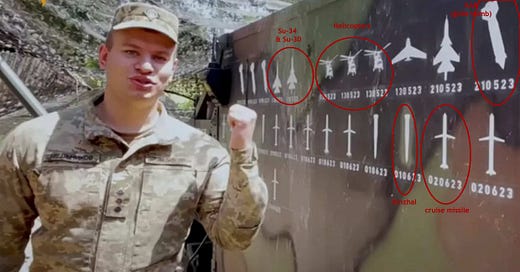



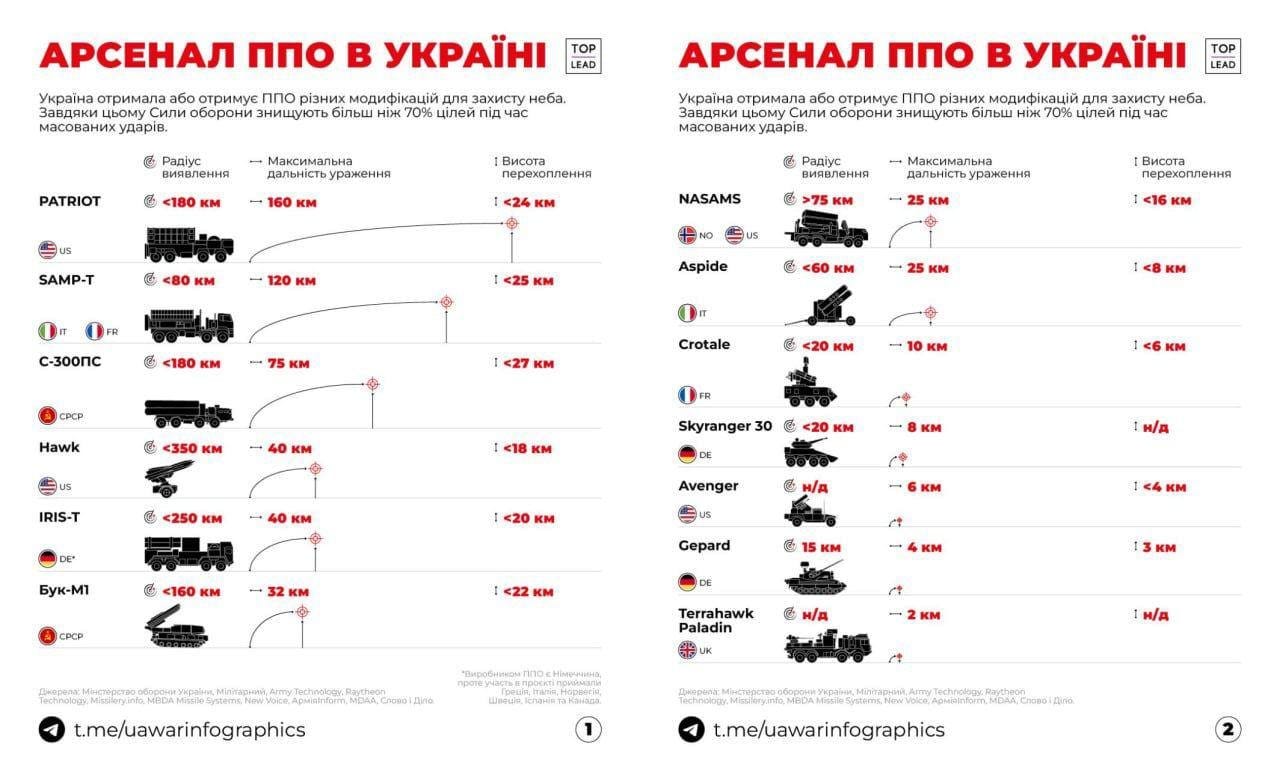
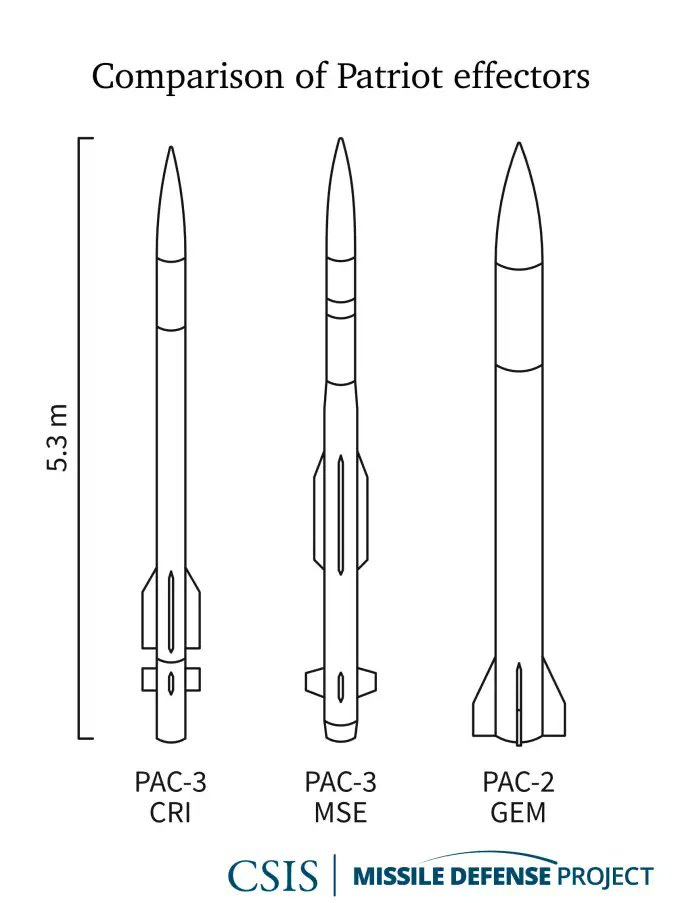


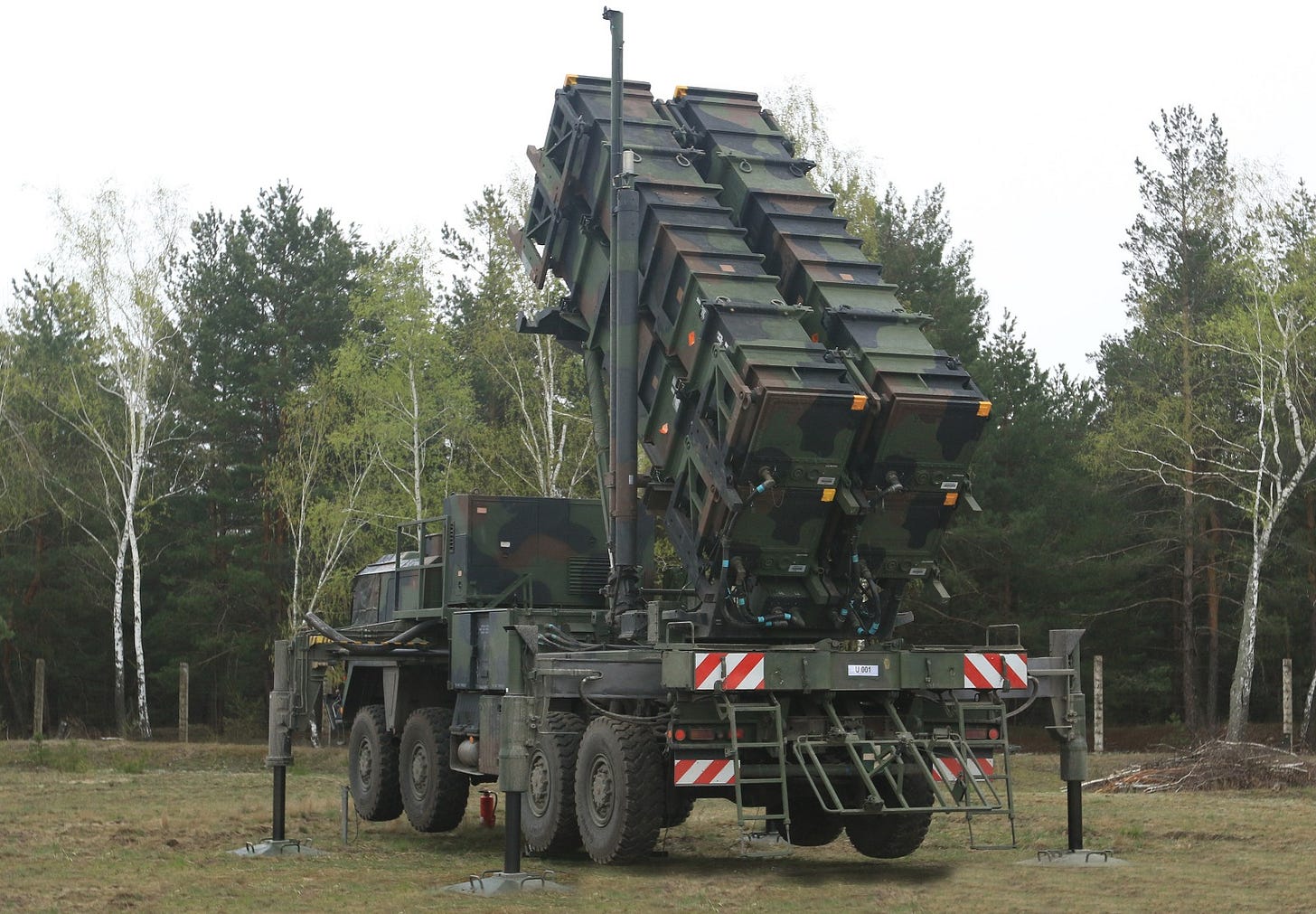

Another good example of how show a technically complex issue in a readable and informative way. If only a fraction of the so-called journalists and “experten” may follow the lead... (yeah, I’m daydreaming).
Thanks again, Tom.
And now we have one more downed jet with even more questions about its cargo!